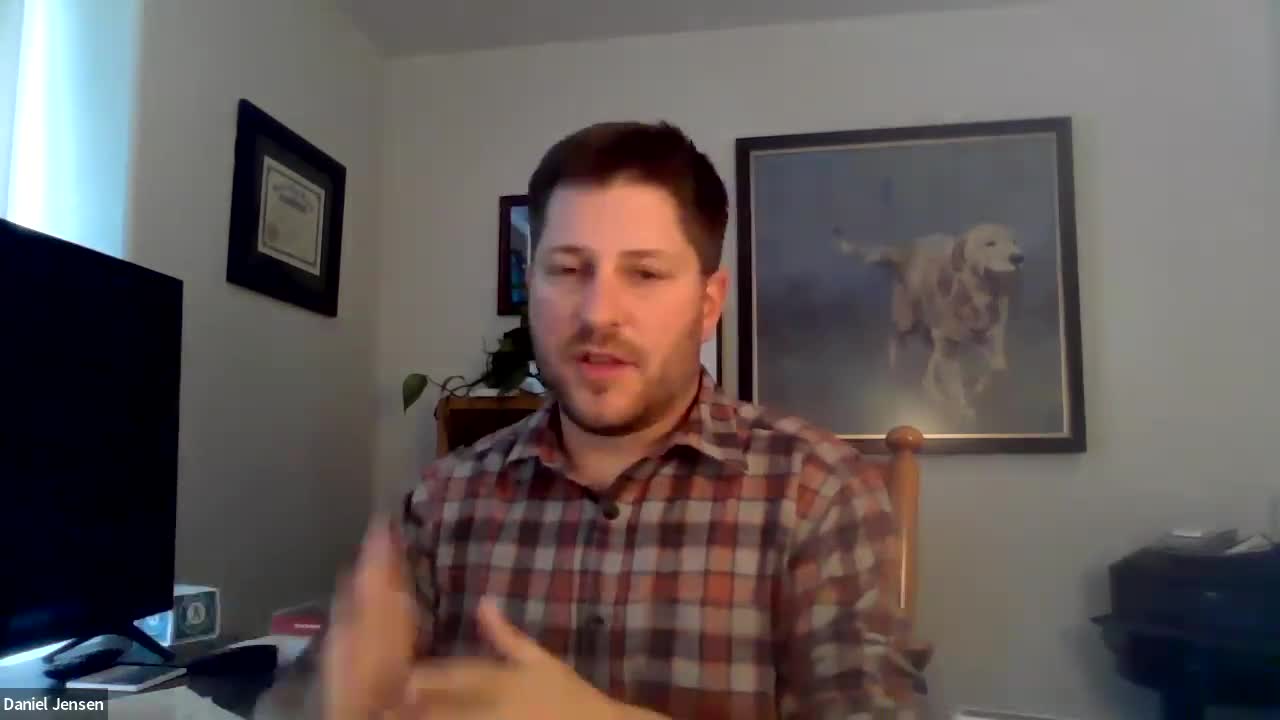Woodland Hills officials discuss limiting cul de sacs for public safety and efficiency
June 25, 2025 | Woodland Hills, Utah County, Utah
Thanks to Excel Chiropractic and Scribe from Workplace AI , all articles about Utah are free for you to enjoy throughout 2025!

This article was created by AI using a video recording of the meeting. It summarizes the key points discussed, but for full details and context, please refer to the video of the full meeting. Link to Full Meeting
Committee members highlighted that cul-de-sacs pose significant challenges for public safety and utility management. “Cul-de-sacs only have one point of ingress and egress, which can create serious issues during emergencies,” one member noted. This design can hinder evacuation efforts during wildfires and complicate access for emergency services, including fire trucks and ambulances.
The committee also discussed the inefficiencies of snow removal in cul-de-sacs. “Our snowplows have a really hard time clearing the snow in a cul-de-sac,” a member explained, stressing that through streets allow for more efficient plowing and quicker response times for emergency services.
In addition to safety concerns, the committee addressed the long-term implications of cul-de-sac-heavy designs on future city planning. “Cul-de-sacs limit redevelopment potential and can tie the hands of future city councils,” a member warned, advocating for a more connected road system that can adapt to changing land use over time.
While acknowledging the topographical challenges of Woodland Hills, the committee expressed a commitment to limiting cul-de-sacs unless absolutely necessary. The discussion underscored the importance of balancing community aesthetics with practical infrastructure needs, aiming to create a safer and more efficient environment for residents.
Converted from Community Development Committee Meeting June 23, 2025 meeting on June 25, 2025
Link to Full Meeting
Comments
View full meeting
This article is based on a recent meeting—watch the full video and explore the complete transcript for deeper insights into the discussion.
View full meeting
